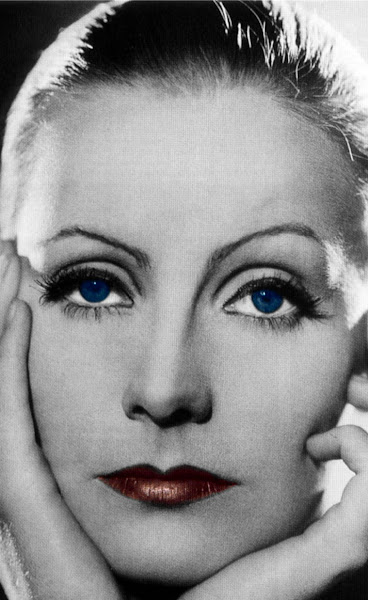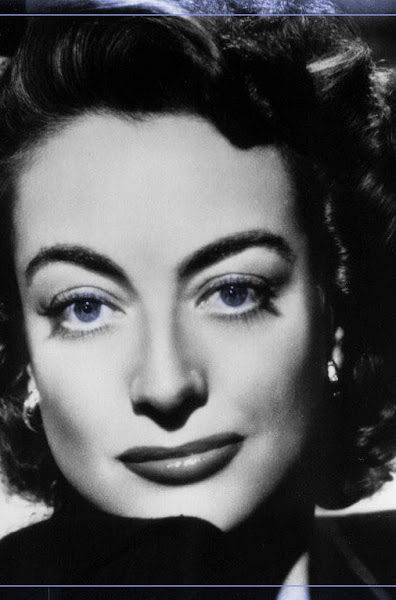P. Adams Sitney usefully describes "Ritual in Transfigured Time" [Maya Deren, 1945] as the complex “architectonic film,” which, as a concept, aims to blend myth and ritual (Sitney, Visionary Film, pg. 25). Maya Deren’s film unifies mythical tales of the Norns, the Fates, the Graces, and Pygmalion with rituals of marriage, dance, and domesticity. I argue that the openly secret common denominator between these motifs is feminism, specifically as it relates to the ontology of the female protagonist(s). If ontology is the study of the state of being, then my assertion pursues the question of how the film represents the (specifically) female’s state of existence. The death of woman without domestic ritual or as a result of the marriage ritual seems to be a criticism from a distinctly feminist perspective. As any film is presented through the critical lens of its filmmaker, "Ritual"’s Maya Deren presents viewers with her epistemological reflection on woman’s subservience to ritual (woman is born, marries a man, domestically serves a man, is widowed by man, and dies) and how it affects the woman’s ontology.
For Deren, the female protagonist in "Ritual" follows a “sexual rite of passage from ‘widow to bride’” (quoted by Sitney, pg. 26). Furthermore, “'Ritual' has two principal figures, although ultimately the film reduces itself to the initiation of a single persona, the female” (pgs. 25-6). Considering these two thoughts together, Deren’s tale is one of female degeneration – from two personae to one and from widow (the near-“end” of a woman’s life) to bride (the conventional, conservative “beginning” of a woman’s life, especially as it relates to domesticity).
The two personae first come into contact at the beginning of the film. (In fact, it could be said that the presence of the first woman, “the invoker” (played by Deren herself), “wills into life” the second woman, “the widow,” in a feat that is distinctly maternal. Furthermore, it is interesting that the state of being of “the widow” begins at the near-“end” of her “life”). While “the widow” makes a ball of yarn from the wool between the hands of “the invoker,” the act of running out of wool causes “the invoker” to disappear; her ontology is compromised because when the wool in her hands no longer exists, she, as a woman in the domestic sphere, ceases to exist.
On the other hand, the widow’s ontology is questioned at the end of the film, when she runs into the water and sinks (in a negative image). Instead of drowning in her black dress and scarf, she goes underwater in a bridal gown, obviously a particularly feminist criticism of marriage as “the veritable end of female existence.” Technically, then, the bride goes out of existence as the final image fades out. However, I optimistically read the bride’s final freeze frame in the negative image as an appeal for a new ontology. She no longer exists in the conventionally “positive” image, so her position outside of ritual (especially as it relates to cinematography) puts her in the position to grow outside the constricting boundaries of “death” by marriage, filmed as a “positive” image.
"Ritual in Transfigured Time" engages in studying the ontology of female personae, especially in regard to architectonics. Woman (as represented by “the invoker” persona) cannot exist without domestic obligations to give her ontology worth, but woman (as represented by “the widow-to-bride” persona) also cannot exist with the conservative obligation of the marriage ritual (as she drowns in her gown). However, the fact that the final image of this second persona is in negative image offers hope to the evolution of woman to a new ontology outside of ritual and cinematic conventions. Even if this film is full of feminist criticisms of ritual, I prefer to think that my optimistic interpretation of the final shots affirm the potential for the female to escape ritual.
February 18, 2010
Random Musing: No Ontology without Ritual - Feminism in Maya Deren’s Ritual in Transfigured Time
Labels:
classics,
film,
random musings
Subscribe to:
Post Comments (Atom)

.jpg)

.jpg)
.jpg)

No comments:
Post a Comment